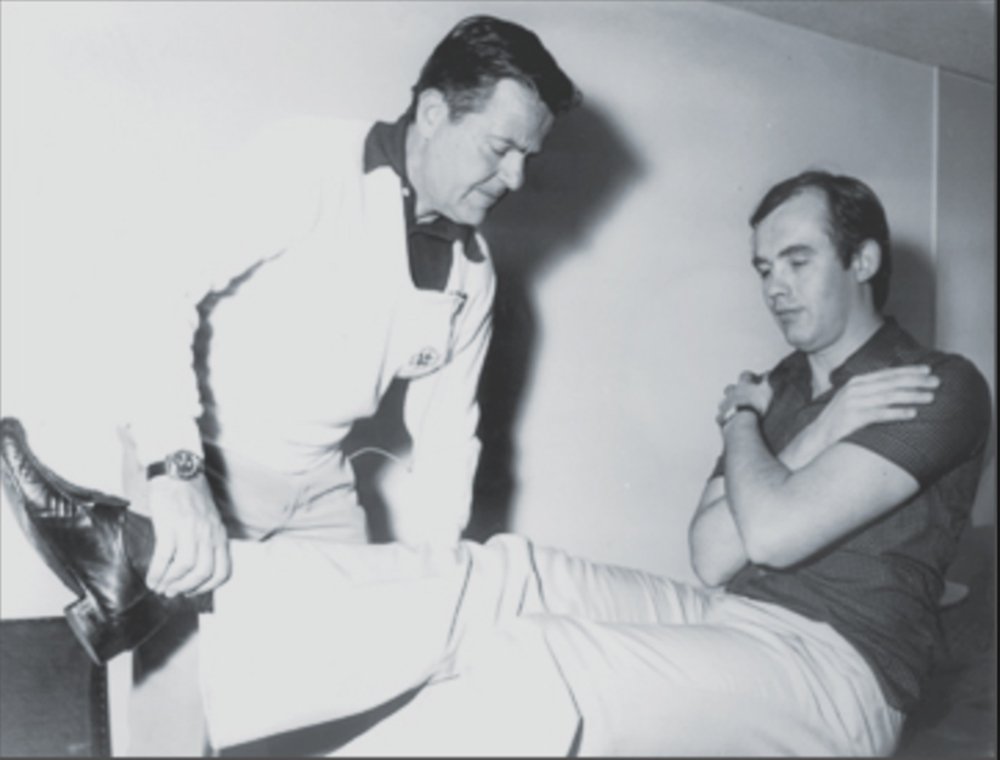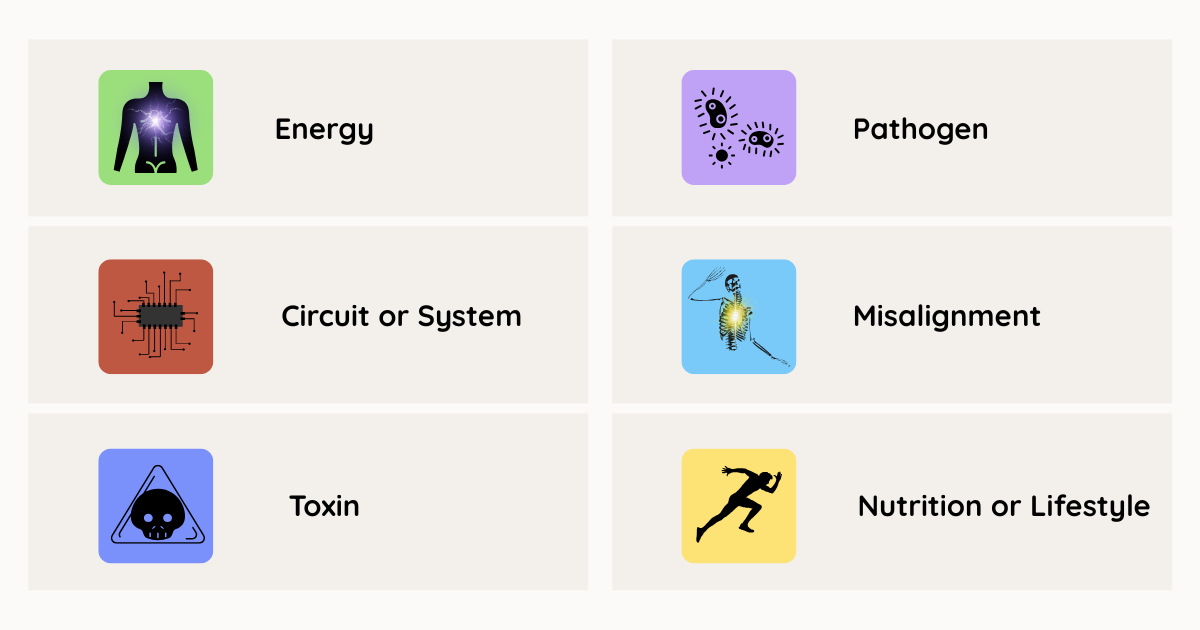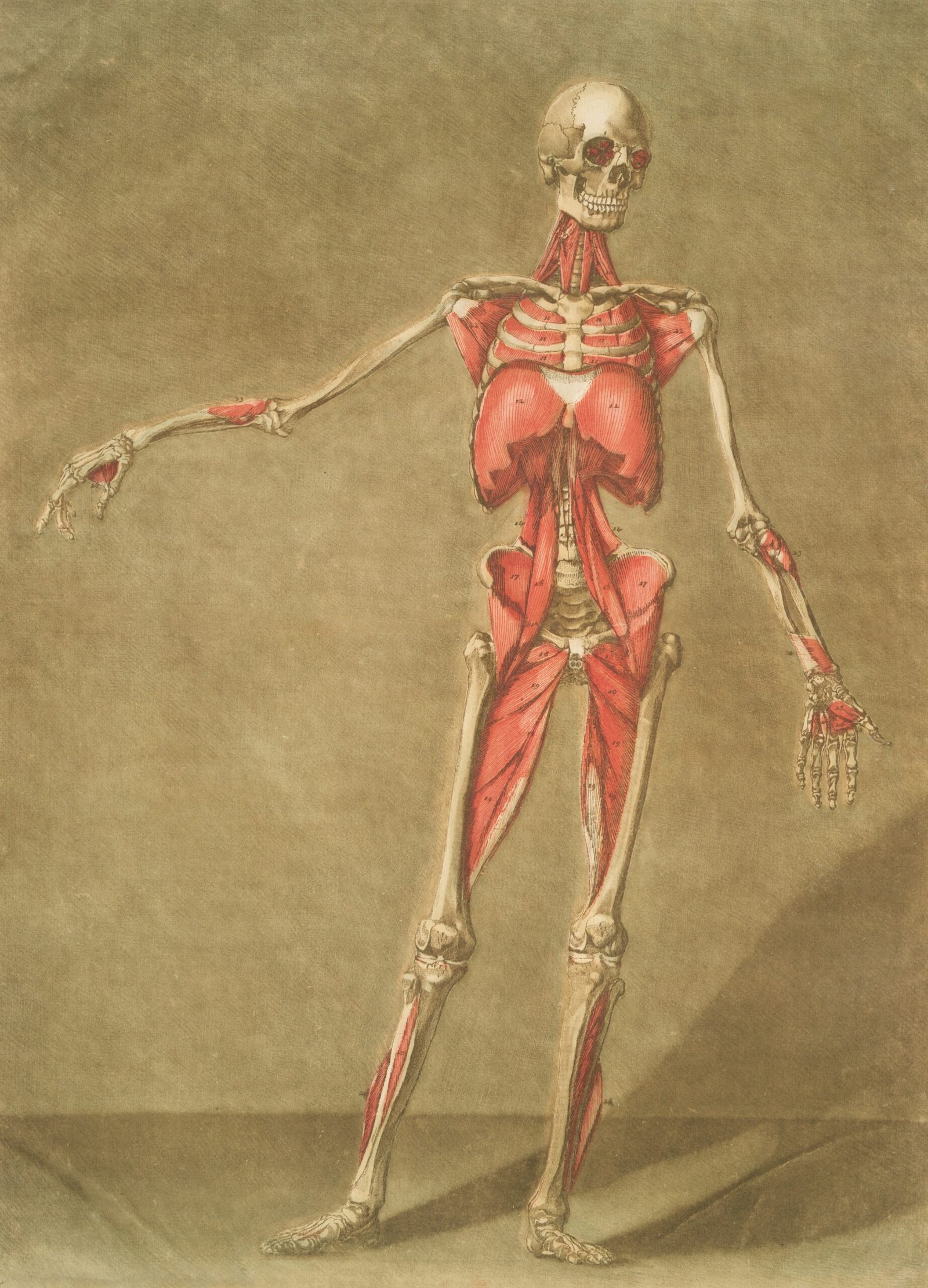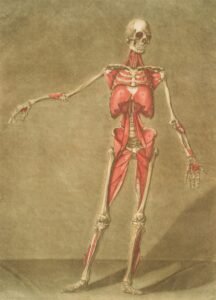The first time I was introduced to muscle testing, I was 20 and a bit apprehensive. I learned quickly that it’s the “not knowing” that causes the resistance to fear. I could either continue feeling the way I was feeling or be open to this new experience and see what happens.
Needless to say, I never turned back and have been using muscle testing for over 35 years, from muscle testing which essential oils to use, to supplements and dietary habits, and in the healing arts using The Emotion Code and The Body Code modalities.
Is this something you’ve heard about and are not quite certain you want to test it out because of all the hype? Is it just a fad?
Rest assured, muscle testing is more than a wellness trend. It’s a proven technique grounded in science and used by holistic practitioners, chiropractors, and energy healers worldwide. If you’ve heard of The Emotion Code or The Body Code by Dr. Bradley Nelson, you’ve already been introduced to this life-changing tool.
This is a beginner-friendly guide that will walk you through what muscle testing is, how it works, where it came from, and why professionals across various disciplines trust it.
If you want to deepen your understanding, there are plenty of resources out there. And when you book a session with me, I will share my favorite muscle testing method to gather the information we need to start your healing process.
What Is Muscle Testing?
Muscle testing, also known as applied kinesiology, is a non-invasive method used to assess the body’s responses. It taps into the body’s subconscious through its muscular system. Practitioners apply gentle pressure to a muscle—typically the arm—while the client holds a thought, emotion, or substance in mind.
If the muscle stays strong, the body registers that input as “safe” or “true.” If it goes weak, it suggests stress, imbalance, or falsehood.
Dr. Bradley Nelson uses muscle testing extensively in The Emotion Code and The Body Code. It allows practitioners to identify and release trapped emotions, energetic imbalances, and underlying causes of physical or emotional issues.
Where Did Muscle Testing Come From?
Muscle testing has roots in both chiropractic and Eastern medicine. In the 1960s, Dr. George Goodheart, a chiropractor, pioneered the field of applied kinesiology. He observed that muscle strength changes in response to emotional or physical stimuli.

Goodheart’s work laid the foundation for many mind-body healing techniques. Later, Dr. John Thie created a simplified version called Touch for Health, bringing muscle testing to the mainstream. Dr. Bradley Nelson then evolved the method into a more intuitive and energetic form, known today as The Emotion Code and The Body Code.
How Does Muscle Testing Work?
The body operates like a biofeedback system. Your subconscious stores every emotion, memory, and energetic disruption. Muscle testing accesses this internal data.
Here’s a basic breakdown:
- A practitioner asks a yes/no question or introduces a stimulus.
- They apply pressure to a chosen muscle.
- The body responds with either strength (yes) or weakness (no).
- These responses help uncover hidden imbalances, including trapped emotions, nutritional deficiencies, toxic energies, or structural misalignments.
You can use this technique on yourself or with a certified practitioner. Muscle testing doesn’t diagnose disease; instead, it identifies energetic stressors that may block healing.
Can Muscle Testing Be Trusted?
Skeptics often question whether muscle testing is scientific or reliable. But a growing number of clinical studies and practitioner testimonials confirm its validity when used correctly.
1. National Institutes of Health Study on Applied Kinesiology
A pilot study funded by the NIH (National Institutes of Health) explored the reliability of muscle testing. It found that trained practitioners were able to consistently determine congruent and non-congruent statements using muscle response testing with statistically significant results (Schwartz et al., 2007, Journal of Alternative and Complementary Medicine).
Key takeaway: The body recognizes truth and falsehood on a subconscious level, and this can be measured through muscle testing.
2. George Goodheart’s Foundational Research
Goodheart’s early research documented strong correlations between muscle response and organ health. For example, weak quadriceps could indicate adrenal stress. His findings are still used by thousands of chiropractors and physical therapists today.
Key takeaway: Muscle testing is an effective biofeedback tool with real-time, body-specific insight.
3. PubMed Clinical Evaluation of Applied Kinesiology
A PubMed-reviewed article analyzed 24 studies on applied kinesiology. While outcomes varied depending on practitioner training and protocols, the research emphasized that standardized muscle testing methods yield more consistent results. Proper training is key.
Key takeaway: Muscle testing works best when performed by a skilled, experienced practitioner following clear techniques.
Muscle Testing in The Emotion Code and Body Code
Dr. Bradley Nelson built his life’s work on muscle testing. In The Emotion Code it helps identify and release trapped emotions that block physical and emotional healing. In The Body Code, it goes deeper—detecting imbalances in six core areas:

- Energies
- Circuits & Systems
- Toxins
- Pathogens
- Structural misalignments
- Nutrition & Lifestyle
Using muscle testing, practitioners ask the body direct questions. The answers bypass conscious analysis and get right to the root of the problem. Sessions are quick, gentle, and often surprising in their accuracy.
And for those who aren’t interested in having to share too much, such as in therapy or coaching, there is minimal talking needed to get to the root, fast. You can read more about the differences between therapy and coaching versus the energy healing work I use with clients.
Why Muscle Testing Is Worth Exploring
- Non-invasive: No needles, machines, or pharmaceuticals.
- Quick and effective: Most answers come in under a minute.
- Holistic: It supports the body, mind, and spirit.
- Accessible: Can be self-taught or done with a trained practitioner.
- Personalized: Every test is tailored to your body’s exact needs.
If you’re feeling stuck, overwhelmed, or simply out of sync, your body already knows the answer. Muscle testing helps bring it to light.
Ready to Experience It for Yourself?
I offer personalized sessions using The Emotion Code and The Body Code, where we use muscle testing to uncover and release what’s been holding you back.
Whether it’s chronic pain, emotional stress, or spiritual burnout, your body is talking, and I’m here to help you listen.



